Tuesday Triage #84
- TUESDAY TRIAGE #84 by Vadim Drobinin
- On beauty
- Things I enjoyed reading
- 1. Love Is Biological Bribery by @bsgallagher/
- 2. San Francisco is sick by Michael Shellenberger
- 3. How to know if you’re addicted by Rebecca E Williams
- 4. The Bitter Italian Soda Is Thriving by @BTParsons
- 5. What I learned running a SaaS for a year by @RozenMD
- 6. I Used Apple AirTags, Tiles and a GPS Tracker to Watch My Husband’s Every Move by Kashmir Hill
- 7. We sound like idiots when we talk about technical debt by Kam Lasater
- 8. How Fresh Grads with Zero Experience Get Hired as Senior Engineers by Sanghoon
- 9. I relearned typing to save my wrists by @GregoryWitek
- 10. A short history of the O’Reilly animals by Edie Freedman
- Things I didn't know last Tuesday
- Book of the week
- Thank you and see you in a week!
TUESDAY TRIAGE #84
by Vadim Drobinin ¶
Your weekly crème de la crème of the Internet is here!
22.02.2022 (read in browser)
-
Intro
Whatever is on my mind this week. -
Things I enjoyed reading
Ten-ish articles I found worth reading. -
Things I didn't know last Tuesday
Ten-ish facts I didn't know when I wrote the previous edition. -
Book of the week
Some thoughts on the latest book I've read.
On beauty ¶
Salvador Dali once said, "Beauty should be edible, or not at all."
Agreeing with him wholeheartedly, I just returned from exploring the beauty of the north, mostly on sharing plates but occasionally in the fields and in the woods.
Our return back was delayed by a storm, so we ended up stranded in Manchester.
There are lots of pros and cons to the city, but you can definitely see through it’s soul on the weeknights and that’s what we mostly did, from sampling tapas at a recently renounced Michelin bar to talking all things cocktails at old friends’.
So here are a few photos, in no particular order as usual:
Last meal in Cumbria, the risotto was nice but too al dente to my taste:
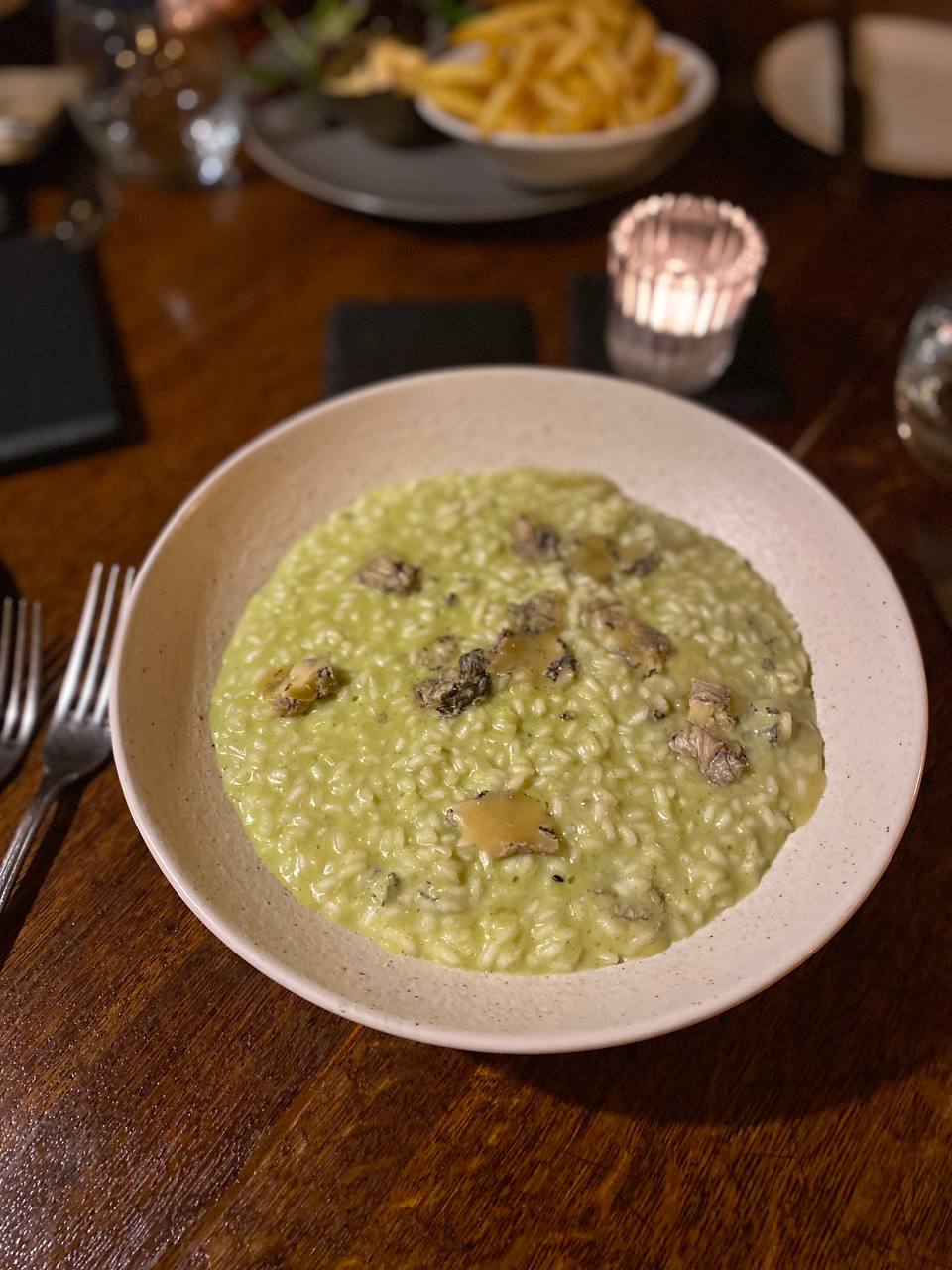
Cavolo nero malfatti, sage & parmesan:
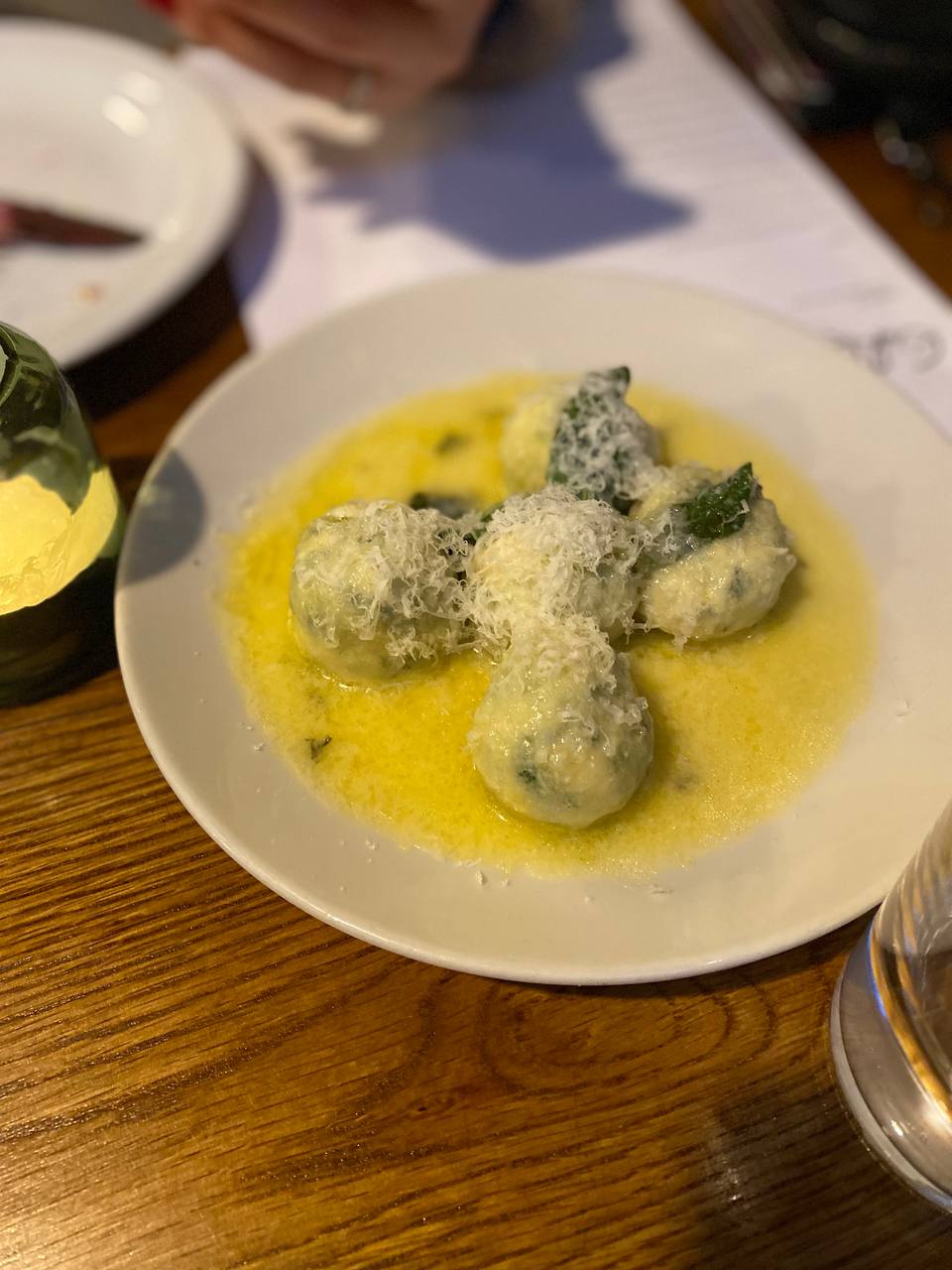
Beetroot, ajo blanco, and green chilli on the left, grilled flatbread and gremolata on the right:
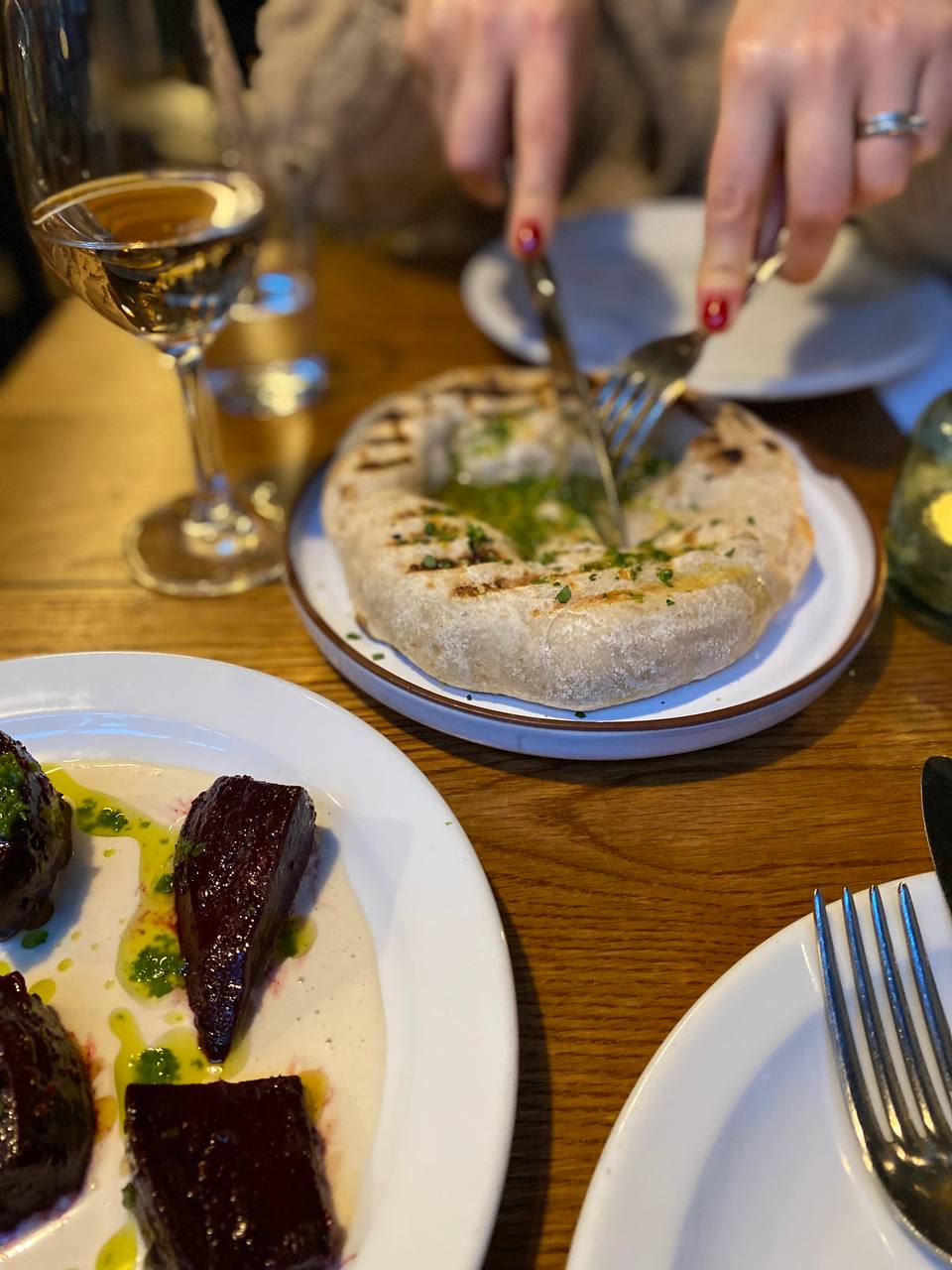
Cocktails at an old Mancunian favourite of mine:
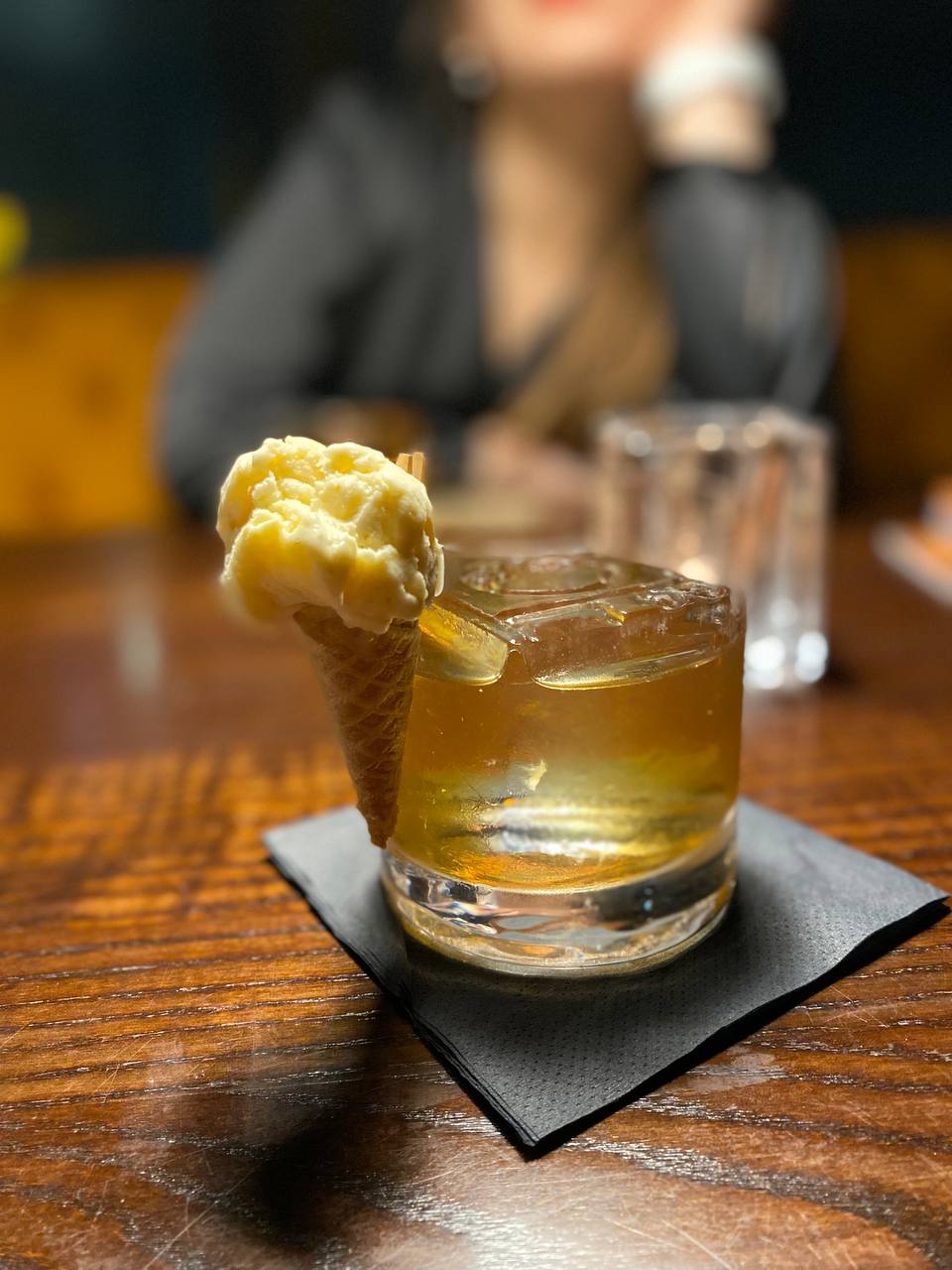
And more cocktails at another favourite of mine, this time the new one:
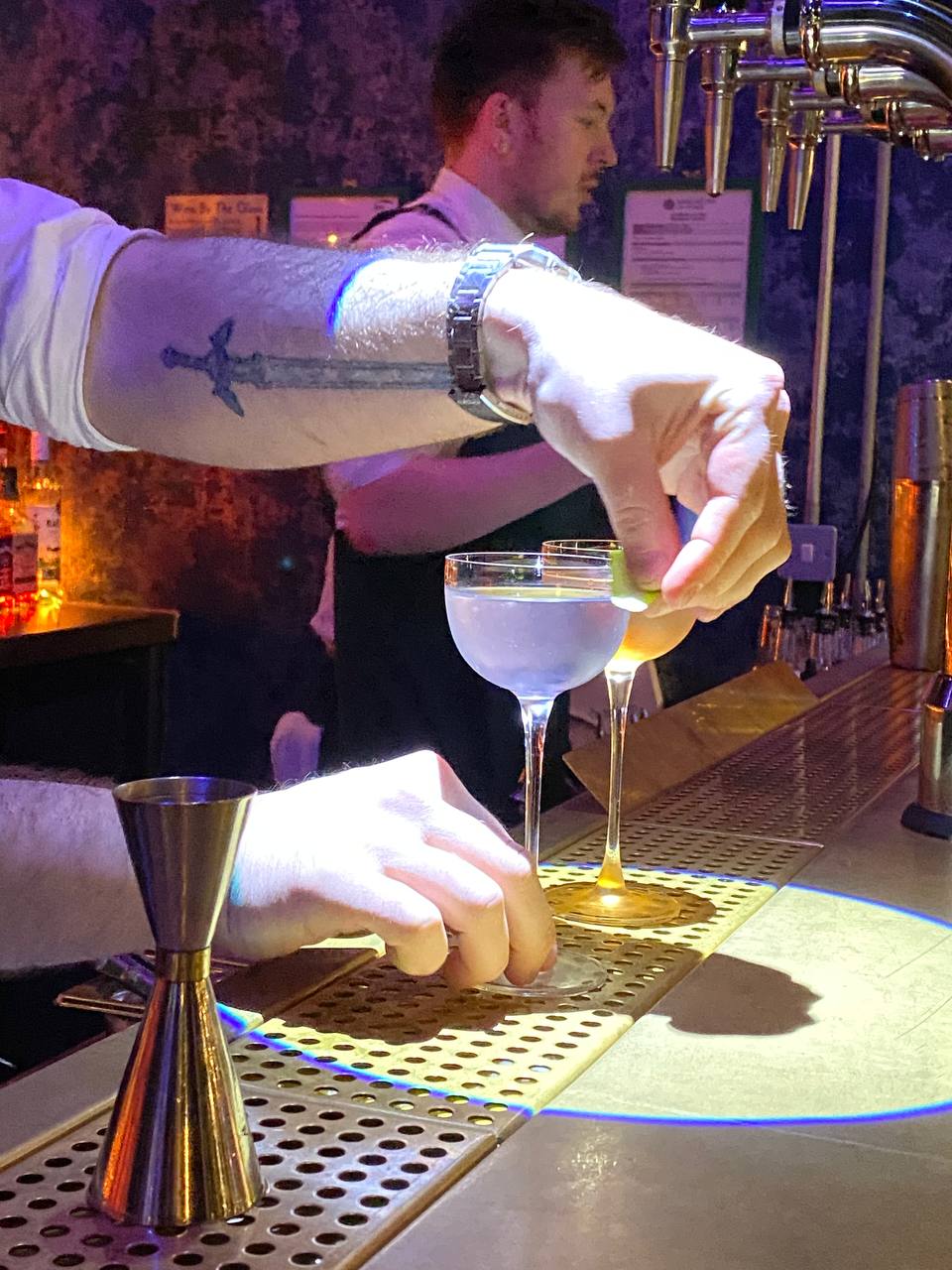
Accidental trips are as pleasant as the planned ones, who'd think?
Things I enjoyed reading ¶
1. Love Is Biological Bribery by @bsgallagher/ ¶
Might be a tad late for the Valentine's but this is a curious essay on chemical processes behind love;
But a lot of women, in particular, find it hard to accept that they are still looking for a protector and a provider. I try to explain that even though they are now capable of being independent, financially independent, they’re still looking for that in the man. These mate-choice rules are evolutionarily incredibly ancient. Whenever we see mate choice in any species, this is what we see. One reason why some women are in a position where they’re financially comfortable, and don’t need a man for that, is because they live in a culture where there’s a certain amount of gender equality. That has come about partly from feminism. But feminism hasn’t touched evolution, partly because it’s very recent. Women have only been able to control their contraception, for example, for about the last 70 years. That’s nothing in evolutionary time.
Lots of thought-provoking ideas in there as well, so next time you feel butterflies in the stomach feel free to resort to the scientific explanation.
2. San Francisco is sick by Michael Shellenberger ¶
I've been to San Francisco only once and yet didn't enjoy the experience at all. To be fair, the only enjoyable part was living outside of the city with a few awesome dudes. The city was... questionable.
The question used to be: do you reward people for not committing crimes, or do you punish them when they do? But that’s been superseded by a question from progressives: what if it’s a form of victimization to try to influence people’s behavior at all? The governing majority in some of America’s cities seems to believe that the only real public policy problem is how to pay for letting people do whatever they want, from turning public parks into open-air drug encampments to using sidewalks as toilets and handing over whole neighborhoods to people who are heavily armed and purposefully unaccountable.
Seems like what works for the rest of the country doesn't really work well enough for California, whether it's for historical reasons or not. I'd love to visit the city again though – who knows, maybe it would get any better.
3. How to know if you’re addicted by Rebecca E Williams ¶
There are different types of addictions, and yet all of them have something in common. This is an attempt to summarise such similarities and point out the main caveats on a path of anyone trying to get rid of an addiction:
Along with understanding the basic mechanisms of addiction and its common signs, it’s worthwhile to think about some of the biological and environmental factors linked to an increased risk of addiction. One major risk factor is genetics. People who have addiction in their family are at a much greater risk of developing one than are people with no family history of addiction. Take a moment to reflect on your family members – it might be helpful to draw a family tree here. As far as you know, has anyone in your family struggled with substance use problems? It could be useful to ask your parents or other close relatives about their family members, too.
In my time I didn't have many addictions to get rid of, and yet I've seen quite a few people dealing with them both successfully and not so much, and I'd probably suggest to read this post to any of them.
4. The Bitter Italian Soda Is Thriving by @BTParsons ¶
I love bitter drinks, and Italian non-alcoholic sodas with an extra level of bitterness are hard to compete with (unless you are Fernet Branca).
The name Stappi is derived from stappare, the Italian word for “uncork,” a nod to the sound of a popping bottle. “This has the most bitter grab to it,” said Cecchini “It’s not that it’s not sweet, but it’s dry on your tongue… it feels the most like an aperitivo or red bitter.” Chavez was taken with Stappi’s “incredible bubbles,” and in a category with fluctuating levels of carbonation—from barely-there to aggressively refreshing—the layered effervesce of Stappi had a fizzy hit that came on like a composed aperitivo cocktail.
Our shelves have only Crodino and Chinotto though, so seems like I got another dozen of suggestions to stick to next time.
5. What I learned running a SaaS for a year by @RozenMD ¶
Software-as-a-service is probably one of those dreams that are brought up when engineers are talking about passive income. The author talks about their experience at first, but the main takeaway for me is: it's not as passive as you'd think.
Of the time I spend programming this year, I'd say half of my time went to actually solving the problem I wanted to solve (knowing if a site is down, and alerting folks when that happens). The other half went to building a SaaS platform around that problem.
SaaS platform things you didn't even realise you'd need, like multiple types of authentication and user management, trials, onboarding, team management and invoice management, lifecycle emails, and more.
At the same time, if one is tired of simply writing code, this is a nice field to get a bigger scope and try a hand at way more things.
6. I Used Apple AirTags, Tiles and a GPS Tracker to Watch My Husband’s Every Move by Kashmir Hill ¶
Probably not the first, and definitely not the last story about tracking someone with an AirTag, although here even competitors are taken into the account:
The day before his trip, when I knew he was far from the house, thanks to the car trackers, I sneaked into his office and hid an AirTag, a Tile and the GPS tracker in various pockets of his backpack. This felt incredibly invasive, and was the moment I felt most conflicted about the experiment.
It was a good thing I did, though, because he wound up switching coats that day, and not wearing the one I had originally loaded up with devices. When he got into Manhattan, the AirTag became my most powerful tracker, outperforming the GPS device, and allowing me to tell a photographer exactly where he was at all times.
As someone who spent a huge part of my time in mobile development field working with iBeacons and all things user tracking, I am still quite sceptical about stalking capabilities of AirTags, as a bunch of other products on the market might do way better, but the industry itself has a huge challenge ahead: dealing with people's fears is the hardest part of any marketing.
7. We sound like idiots when we talk about technical debt by Kam Lasater ¶
Something I am definitely guilty of: bringing up technical debt to managers, product people and VPs.
Companies and business leaders don’t care if jobs are hard or annoying or take longer than they “should”. The difference between a user story taking a day or 3 days is negligible compared to its business value. Companies and their leaders care about revenue and costs. They care about customers and growth. They care about time to market. If we want to have our non-technical colleagues listen and act, we need to either improve our use of the financial terms they understand or we need to translate our message into business outcomes that they do care about.
And while managers tend to be the most understanding among all, they still have to deal with the product and business leading side of things. That's where it gets more complicated: as engineers we tend to optimise for performance, while from the unit-cost economics perspective the goal is completely different.
8. How Fresh Grads with Zero Experience Get Hired as Senior Engineers by Sanghoon ¶
One of those many horror stories about programming "factories" faking resumes to make sure they get their cut of interns' money.
He reluctantly acknowledged that everyone gets the senior engineer title with five years of experience. He also explained, after some persuasion, that they sometimes have someone else sit in virtual interviews behind the laptop camera so they can write out the answers on the whiteboard in case people need help. I asked him if he went through the same process. Understandably, his response was a little defensive in tone.
My only advice to hiring commetees here is to abandon whiteboard interviews as they're too easy to fake by having someone with a whiteboard in the room.
Just ask people to explain their own code -- saves you lots of hustle but works way better.
9. I relearned typing to save my wrists by @GregoryWitek ¶
I've been complaining about my occasional wrist pain and even more occasional attempts to switch to a mechanical keyboard for nearly a year now, but didn't really do much progress yet. Seems like the approach is still the same though:
The first couple of weeks were tough. I knew my typing speed would go down, but it was very frustrating. I helped myself by rearranging the keys so that I could look at the keyboard and find the key I need to press, but it still was unbearably slow. Yet, after the first month or two I started feeling comfortable with the new way of typing. I stopped looking at the keyboard, I made fewer mistakes, and most importantly my wrists stopped hurting.
Maybe I should just bite the bullet and hide all alternative keyboards until my Keyboardio doesn't slow me down anymore?
10. A short history of the O’Reilly animals by Edie Freedman ¶
If you're somehow related to programming, the chances are you've read or at least seen some of O'Relley's books. They'reeasy to recognise by odd animals pictured on the books.
Some of the people at O’Reilly were taken aback: they thought the animals were weird, ugly, and a bit scary. But Tim got it immediately—he liked the quirkiness of the animals, thought it would help to make the books stand out from other publishers’ offerings—and it just felt right. And so it began. We’ve published hundreds of Animal books since then, and the brand is well known worldwide.
I never heard the story behind them though, and that's quite hilarious.
Things I didn't know last Tuesday ¶
#### 1. Pre-cut berries and fruit are dangerous
Didn't really expect to find pre-sliced fruits on the list of the most dangerous foods to consume raw, but sounds relatively legit:
Not only are they completely pointless and offer nothing other than higher cost and more packaging, but the extra processing to cut these fruit in to pieces mean they pass through more hands and have a longer food chain, meaning there’s more chance for contamination to get in.
Probably works with any pre-cut food though?
#### 2. Peter Pan collar
I am not much into fashion, but I daily interact with someone who is, so learn new terms quite often:
The Peter Pan collar is a form of flat collar, one of the three basic collar types along with stand and roll collars. It is cut to fit around the neckline, following the curve, and to lie flat upon the torso. It can be made either as one part, with a front-fastening bodice, or in two parts to accommodate a back fastening while retaining the front opening.

Given how recent Peter Pan is, I am really curious to find out future names to some of the modern clothes.
#### 3. Amalgam
I didn't really think of mercury as a liquid capable of dissolving other things, but it actually could be a solvent:
An amalgam is an alloy of mercury with another metal. It may be a liquid, a soft paste or a solid, depending upon the proportion of mercury.
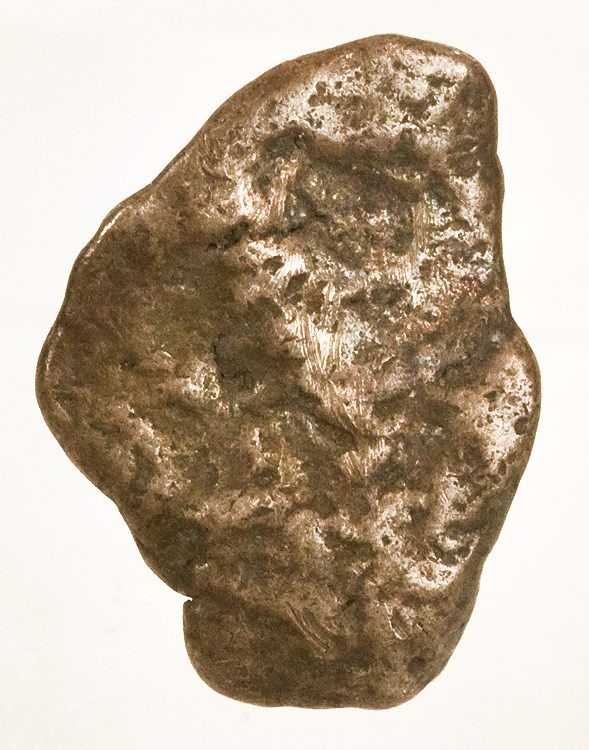
The most beautiful ones are videos of gold being turned into amalgam in a matter of seconds.
#### 4. Words known better by males than females
A really straightforard research but looks relatively straightforward:
The chart below visualizes words disproportionately known by one sex and not the other.
Somewhat men know the word katana while women know the word jacquard.
#### 5. Disney animation process
I suspected that Disney animations take ages, but didn't know the details:
From storyboard to final frame, each film takes an average of three to five years to create what you see on screen.
The source is worth checking out as it also shows way more pieces of animation making in a really nice form.
#### 6. 2C-P
Phenethylamines are CNS stimulants, but 2C-P seems to be one of the most effective among them:
With the case of 2C-P it produces a compound with very high potency (6-10 mg dosage range) and quite long periods of activity, up to 20 hours. Yes, 20 hours! Not to mention that peak effects don’t take place for 3-5 hours after oral consumption. The subjective effects themselves tend to vary in terms of valence with some reports of notable physical discomfort. As a potential treatment though, the long activity time and onset time is unlikely to work in its favor.
Still quite illegal though, especially in technologically advanced countries.
#### 7. Enzyme Bath
A fermented mixture of sawdust and rice bran makes people sweat like they ran a marathon:
As your body is engulfed in sawdust at a temperature of around 40 degrees Celcius, the body is warmed from the core. This activates your internal organs, apparently optimizing metabolism, increasing your immune strength, and improving circulation. It’s also great for easing constipation and even insomnia. The dry sawdust also promotes the release of sweat without clogging your pores where excess dirt and sebum from your skin is also washed away.
Not sure what's more concerning, it being fermented (what do you ferment in sawdust?) or its ability to make people sweat so much.
#### 8. The myth of soulless women
Folks in the past used to believe that women didn't have souls:
But the suggestion that women do not have souls was obviously in the air. It apparently came to the ears of Johannes Leyser, a Lutheran pastor from the region of Frankfurt in Germany, for he took up the idea and then sought confirmation for it in the doings of the Council of Macon, a small council of some forty-three bishops held in Burgundy in the year 585.
At least they didn't blame red-haired back then.
#### 9. Ben & Jerry's owner's anosmia
One of two owners of this ice cream empire had anosmia:
Cohen has severe anosmia, a lack of a sense of smell, and so relies on mouthfeel and texture to provide variety in his diet. This led to the company's trademark chunks being mixed in with their ice cream.
To be fair, that's pretty much a good thing as this has turned their ice cream into a bestseller all over the world.
#### 10. Postcards used to allow only the address
The whole article goes into interesting details about graffiti but also mentions an unexpected part about postcards:
Initially, postcards featured an image on one side and space for an address on the other. No other writing was permitted on the address side, meaning that any messages from sender to recipient had to fit within the picture itself, or else the white border that was in widespread use during this period. This changed in Great Britain in 1902 and in the United States in 1907. Following the introduction of the ‘divided back’, fewer messages were inscribed on the images of the postcards, though there remain those correspondents who prefer to foreground their ‘graffiti mobili’, even to this day.
I don't like bringing souveniers from trips, but as postcards travel on their own it feels different.
Book of the week ¶
One of the staples of my cooking endeavours is an attempt to reuse as much as possible.
It might sound as zero waste to many, but it’s not yet so perfect — and not all ideas are possible to replicate at home, as they require way bigger volume of waste.
One example is carrots and parsnips baked in spent coffee grounds. What took hours for the restaurant where I got the recipe turned into weeks of saving and freezing coffee at home.
At the same time, it is worth the efforts. Somewhat I feel more at ease throwing away expired food than I do binning unused parts of vegetables or spent coffee grounds.
Probably the best person to teach the ways of reducing such feeling is Douglas McMaster, the author of Silo:
Silo is a restaurant that doesn’t have a bin: from that simple limitation grows a big tree. At the very tip of the tree is the product. Instead of focusing on just the product, we’re looking at the whole tree, beginning with the roots and following it all the way to the bright shiny leaves.
What’s crucial for Silo is that the product represents the process, because the process represents the nature that feeds it. If you compose a bad system you yield bad food; however, a good system yields good food. Knowing the system from the point of nature presents a greater level of control, tethering ingredients straight from their habitat.
The book is not a cooking book, it’s a collection of techniques and ideas. Some of them ancient, and some exceptionally modern.
The funny thing is that I had coffee at his restaurant once. And even admired hand made tables and glassware — and then spent a few hours making my own, at the throwing where his were made.
And never actually linked the suspiciously familiar name of the place with the book I was planning to read.
Next time I will be paying more attention.
Thank you and see you in a week! ¶
If you have any questions, or want to suggest a link for the next newsletter, please drop me a message on Twitter or reply to this email.
Cheers! 🍸